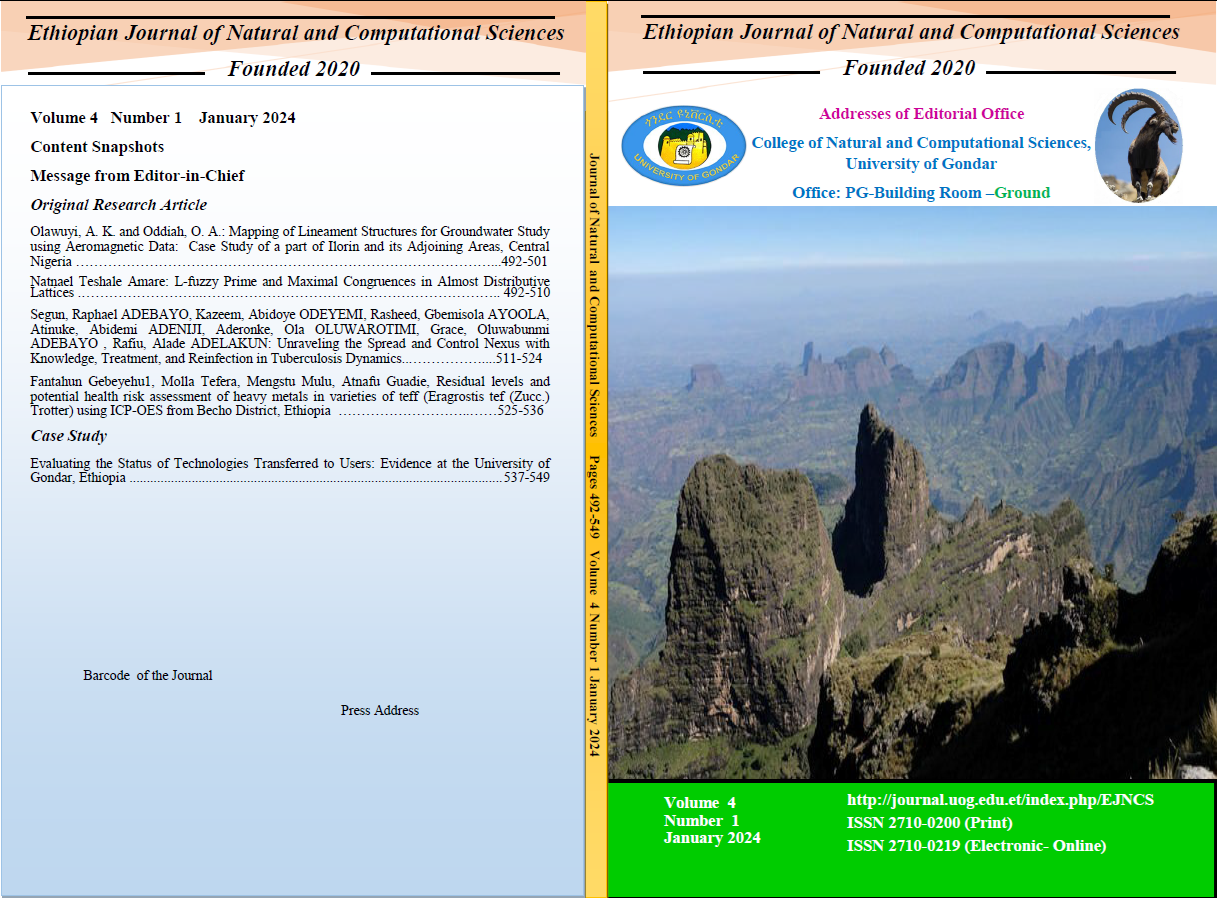Unraveling the Spread and Control Nexus with Knowledge, Treatment, and Reinfection in Tuberculosis Dynamics
Keywords:
Tuberculosis, Reinfection Treatment, Basic reproduction number, Stability analysis, Homotopy Perturbation MethodAbstract
The study provides stability assessment both locally and globally and analyzes how the fundamental reproduction number impacts the spread of disease. The tuberculosis control through awareness, early detection, and treatment improves cure rates and reduces transmission. Sensitivity analysis of the parameters of basic reproduction number reveals critical to tuberculosis dynamics. By using the homotopy perturbation method in a novel way, the research integrates rigorous mathematical analyses with numerical simulations to provide a deep understanding of the intricate interactions between treatment techniques, knowledge distribution, and reinfection dynamics in tuberculosis. The result shows that treatment through vaccination combined with early detection and patient monitoring, improves cure rates and reduces transmission, highlighting the need for focus, and efficient control methods in the global eradication of tuberculosis
Additional Files
Published
How to Cite
Issue
Section
License

This work is licensed under a Creative Commons Attribution-NonCommercial 4.0 International License.

